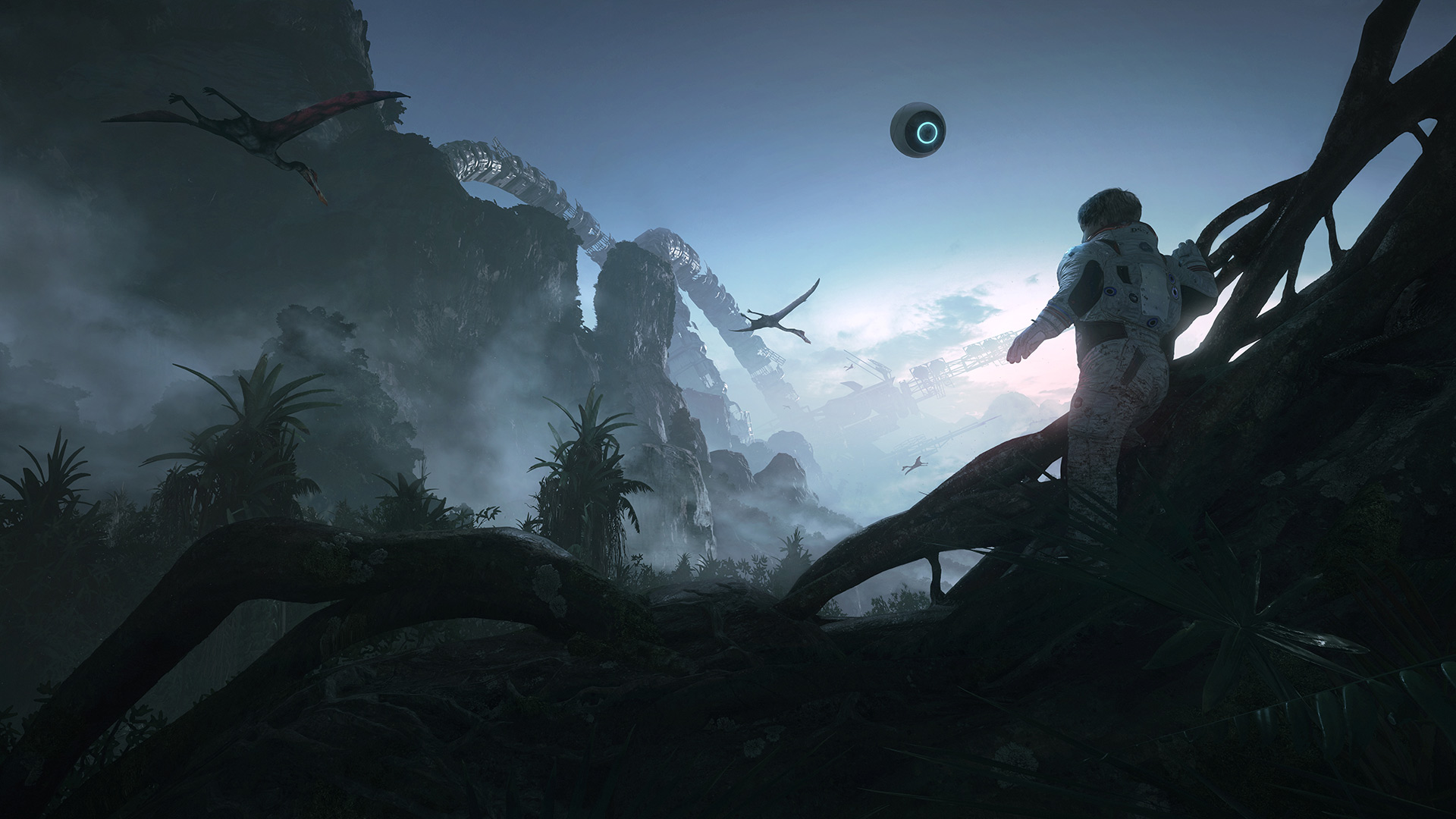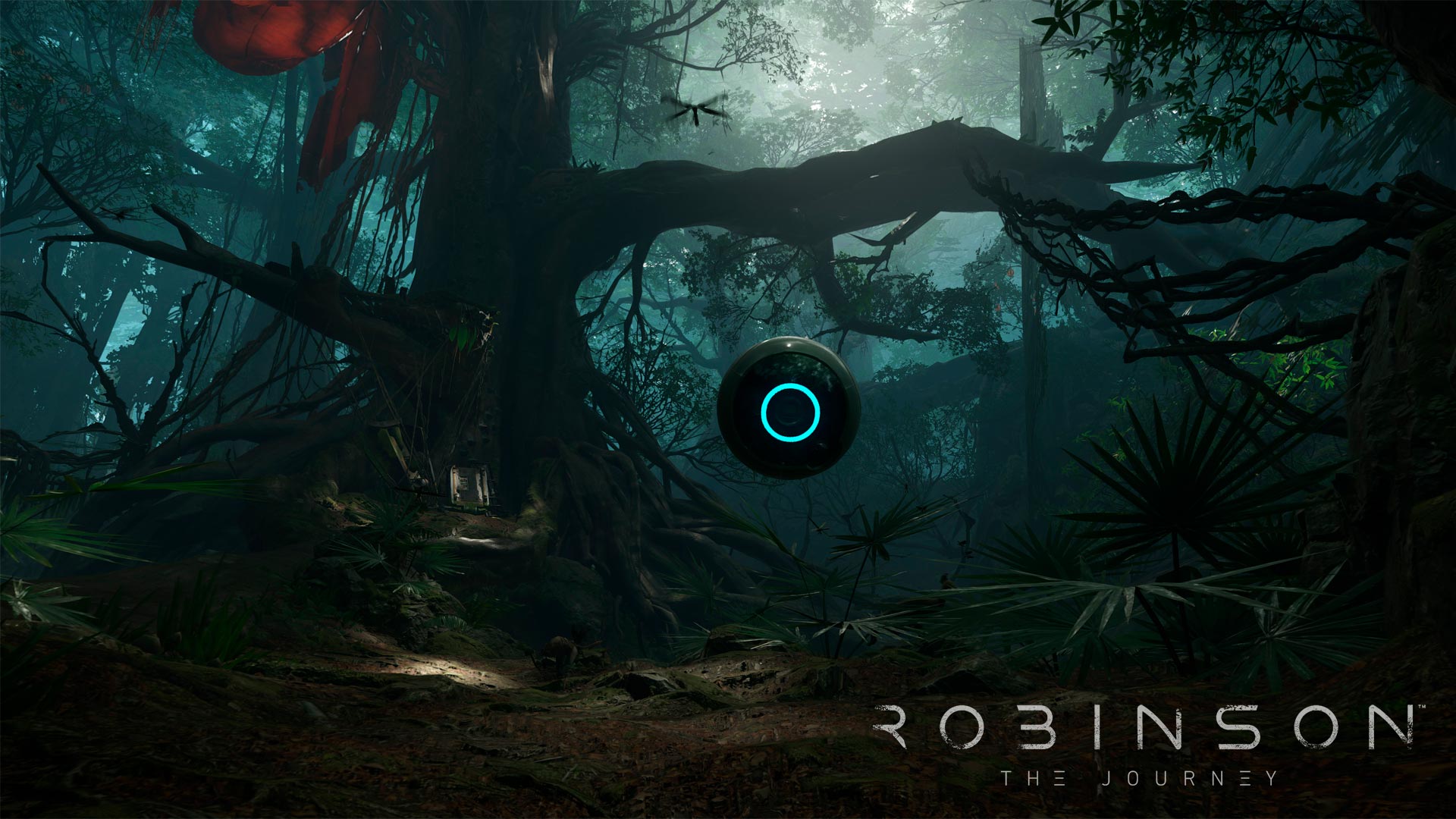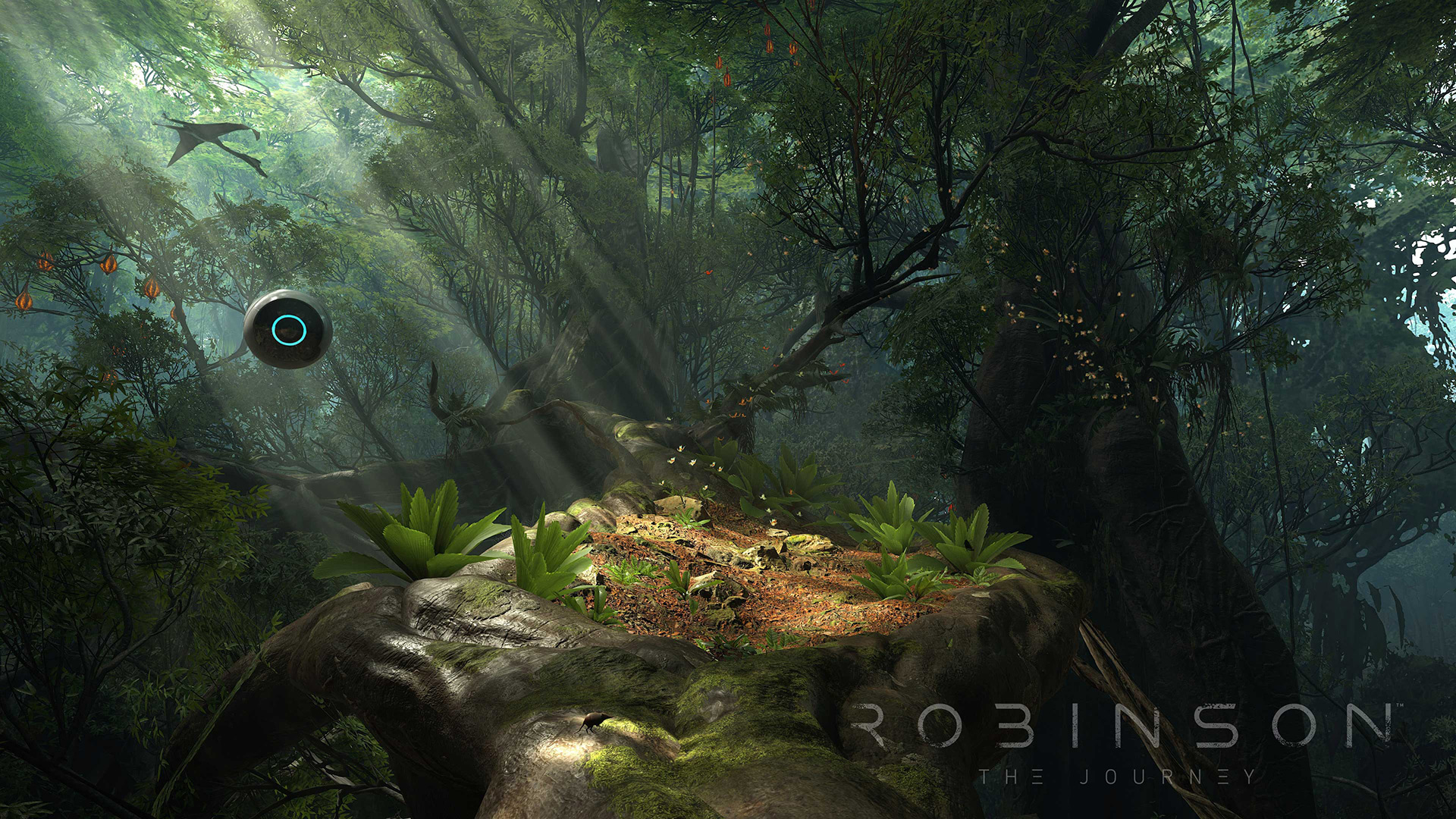
November 03, 2016
by Audio team (Contributors: Christian Schilling, Principal Audio Designer and Jonas Obermüller, Audio Designer)

You've seen the horror films. A group of people are lost in
the woods, and they are terrified. The woods are full of sounds—birds; rustling
leaves; cracking, creaking branches; wind—but no one notices until it goes
silent. That's when everyone knows something has gone horribly, horribly wrong.
It makes a good metaphor for audio engineering in games. When the audio is
doing its job, it helps immerse you in the world of the game, and you take it
for granted—most of the time, you won't even notice it. But when something is
off, the entire world feels wrong.
Because game audio is most noticeable when it's not working,
a lot of people don't realize how much work goes into it. When a game has good
audio, it tends to become invisible, the kind of background noise that you are
used to hearing and blending out all day every day. But that background sound
track is part of what makes up the real world, so a game needs to mimic the
effect in order to truly immerse the player.
In VR, audio engineering becomes even more important—a deciding factor in whether or not your brain is going to buy into the virtual environment your eyes are telling it about. If the sound can help convince your brain, you are less likely to experience any sort of VR sickness-related discomfort. In Robinson, we used 3D audio, which means that sounds are placed in specific locations around each level, growing louder or quieter depending on how close the player is to the source of the sound. Together, all of these sounds create a realistic background ambience that really brings the world to life.

Not only did we use audio in Robinson to bolster the
atmosphere and mood of each level, we used it to foreshadow some of the things you are going to encounter later in
the game, and to guide the player. 3D audio can be a really effective tool for directing
the player's gaze in VR. Because a VR player can look anywhere at any time, it
can be difficult to direct them through a level in a particular way. But if you
are walking through a virtual forest and you hear a loud crash behind you, you
are probably going to look around for the source of the sound because thanks to
HRTF (head-related transfer function), a player can tell exactly which angle a
sound is coming from in a virtual environment.
HRTF allows players to determine whether sounds in the game
world come from above, below, in front of, or behind them – just as we can in
real life. This adds a whole new dimension of immersion to the game; you feel a
much stronger link with the virtual world around you, and a sense that life
exists beyond your field of vision. VR also requires audio designers to focus more
on adding authenticity to the proximity of sounds, as players will instinctively
feel that the closer they get to a sound source, the more its properties should
change. This means more sophisticated attenuation behaviors have to be built
in. So, for example, as you get closer
to Laika's face, her breath gains an extra crispness. The same thing goes for
the sounds the raptors make as they come in for the kill—the way the sound
changes as they get closer makes it an extra scary moment. And none of this
would be possible to the same extent
in a traditional
(read: not VR) game.
If a tree falls in a forest and no one is around to hear it,
does it still make a sound? (
Maybe.) And if a virtual tree falls in a virtual
forest, and you're looking in the other direction, does it still make a sound?
(Yes.) And is that sound actually a recording of a tree falling? (No.)
When there is a sound in a game—whether it is a tree
crashing to the ground in a forest, the roar of a T-Rex, or a spaceship taking
off—the brain tends to accept it as being the thing it's representing. Even though
most of the sound effects you hear in games and movies are often anything but
recordings of the real thing. A sound needs to feel real, but it doesn't need
to be a recording of the real thing. In Robinson it was no different. As soon
as we had concept art for the game, the audio team began experimenting with
sounds and collecting layers to create an audio ambience that mirrored the proposed
atmosphere of the game.
The very first sound we created started out as a recording
of a cricket. But, of course, we didn't use the cricket recording as the voice
of an in-game cricket. Robinson is set in a sci-fi world, and we're talking
about sound engineering after all; nothing is what it seems. So we took that
cricket recording, lowered it three octaves, slowed it down, and suddenly, we
had the first layer of the ambient sound for the Jungle area. We find sounds
for games in the most unlikely places.
The roar of our T-Rex is probably the best example. Take a
look at our first Robinson trailer. (What do you think the roar of the T-Rex is
made of?)
Any guesses? If you thought about lions roaring or the
guttural—and freakishly loud—cries of a howler monkey you'd be wrong. We
experimented with bird sounds and car engines, but our T-Rex's voice was
created by layering—among other things—a pitched down car horn and a really
creaky door. The voice of our Capreasaurus is part electric toothbrush,
something that made it sound more hysterical and scared. In the end you can't
tell that you're hearing a horn or a toothbrush because it is all blended and
layered together. When you see the T-Rex in the trailer open its mouth and hear
it roar, it sounds like a dinosaur roaring. Not that anyone knows what that
actually sounded like.
In order to make a game feel realistic, it needs layer upon
layer of ambient sound that mirrors the real-world experience, be it the
background noise of the jungle or the roar of a dangerous predator. This is
true of any video game, but is even more important in virtual reality, where
good sound engineering can help reduce VR sickness and make players feel deeply
immersed in the world of the game.
When
Robinson: The Journey is out, we're confident you won't
believe your eyes when you first see the fantastical landscapes of Tyson III
stretching off into the horizon. Hopefully, though, you'll believe your ears –
a surefire sign that we've done our job creating a soundscape that makes you
feel truly present in a new world.
